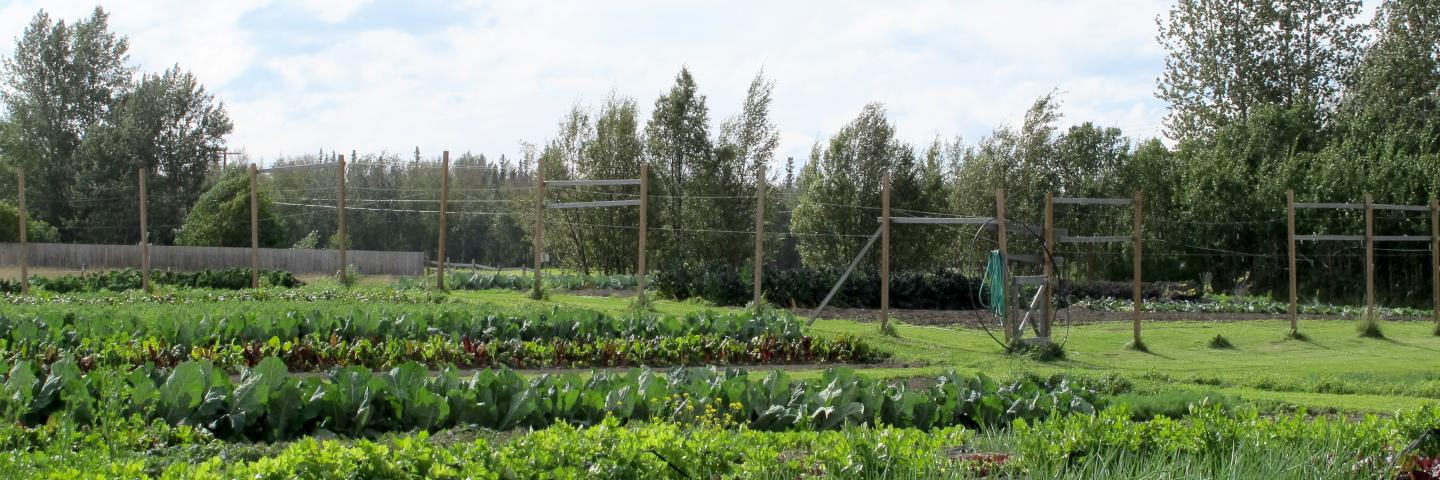
The Environmental Quality Incentives Program Conservation Incentive Contracts (EQIP-CIC) is designed to be a stepping stone for producers between EQIP classic and the Conservation Stewardship Program.
On This Page
NRCS accepts EQIP applications year-round but establishes cutoff dates for applications to be evaluated and ranked for current year funding.
Fiscal Year 2024 EQIP application ranking deadlines: Starting December 8, 2023, eligible and ranked applications will be evaluated for funding every second and fourth Friday of the month with the last funding evaluation on June 21, 2024.
Fiscal Year 2024 EQIP application deadline*: Application received by close of business on April 19, 2024, and are eligible and ranked by June 21, 2024, will be considered for funding. All applications must be obligated by August 23, 2024.
Overview
The 2018 Farm Bill authorized NRCS to provide technical and financial assistance to producers through EQIP-CIC for the implementation, adoption, management, and maintenance of incentive practices that effectively address at least one eligible priority resource concern within a State-identified high priority area. This program focuses on Climate Smart Agriculture and Forestry and drought mitigation. EQIP-CIC provides payments for select incentive practices. It can be a stepping stone for producers between EQIP classic and the Conservation Stewardship Program. Participants enroll in a 5-year incentive contract without the need to enroll an entire farming, grazing, or forestland operation.
Incentive contracts:
- Require producers to address at least one priority resource concern during the contract period.
- Have an initial length of five years.
- Have a payment limitation of $200,000 for the life of the 2018 Farm Bill which expires in 2023.
Other details include:
- Offers two types of payments: Implementation payments, which are paid after certification of practice. •Annual payments, which include management practices that will serve as annual payments and are paid as soon as practicable, after October 1 of each fiscal year.
- NRCS offers higher payment rates and advance payments to historically underserved (HU) producers who implement conservation practices in an EQIP Conservation Incentive Contract. HU producers include Beginning Farmers, Socially Disadvantaged Farmers, Limited Resource Farmers, and Veterans.
EQIP-CIC Resources
-
Alaska EQIP-CIC Fact Sheet (1.75 MB)
EQIP-CIC Contact
Amanda Crowe, Assistant State Conservationist for Programs
Amanda.Crowe@usda.gov
Additional Information
Apply for Environmental Quality Incentives Program (EQIP)
The Environmental Quality Incentives Program (EQIP) provides financial and technical assistance to agricultural producers and non-industrial forest managers.
Learn MoreHistorically Underserved Farmers and Ranchers
The Agriculture Improvement Act of 2018 (2018 Farm Bill) includes provisions that address the unique circumstances and concerns of socially disadvantaged, beginning, limited resource, and veteran farmers and ranchers (“historically underserved producers”).
Learn MoreFarm Bill
The 2018 Farm Bill was enacted on December 20, 2018. The Farm Bill continues its strong support for conservation efforts of America’s farmers and ranchers through reauthorization and expanded flexibility of NRCS conservation programs.
Learn MoreReady to get started?
Contact your local service center to start your application.
How to Get Assistance
Do you farm or ranch and want to make improvements to the land that you own or lease?
Natural Resources Conservation Service offers technical and financial assistance to help farmers, ranchers and forest landowners.

To get started with NRCS, we recommend you stop by your local NRCS field office. We’ll discuss your vision for your land.
NRCS provides landowners with free technical assistance, or advice, for their land. Common technical assistance includes: resource assessment, practice design and resource monitoring. Your conservation planner will help you determine if financial assistance is right for you.
We’ll walk you through the application process. To get started on applying for financial assistance, we’ll work with you:
- To fill out an AD 1026, which ensures a conservation plan is in place before lands with highly erodible soils are farmed. It also ensures that identified wetland areas are protected.
- To meet other eligibility certifications.
Once complete, we’ll work with you on the application, or CPA 1200.
Applications for most programs are accepted on a continuous basis, but they’re considered for funding in different ranking periods. Be sure to ask your local NRCS district conservationist about the deadline for the ranking period to ensure you turn in your application in time.
As part of the application process, we’ll check to see if you are eligible. To do this, you’ll need to bring:
- An official tax ID (Social Security number or an employer ID)
- A property deed or lease agreement to show you have control of the property; and
- A farm number.
If you don’t have a farm number, you can get one from USDA’s Farm Service Agency. Typically, the local FSA office is located in the same building as the local NRCS office. You only need a farm number if you’re interested in financial assistance.
NRCS will take a look at the applications and rank them according to local resource concerns, the amount of conservation benefits the work will provide and the needs of applicants. View Application Ranking Dates by State.
If you’re selected, you can choose whether to sign the contract for the work to be done.
Once you sign the contract, you’ll be provided standards and specifications for completing the practice or practices, and then you will have a specified amount of time to implement. Once the work is implemented and inspected, you’ll be paid the rate of compensation for the work if it meets NRCS standards and specifications.

